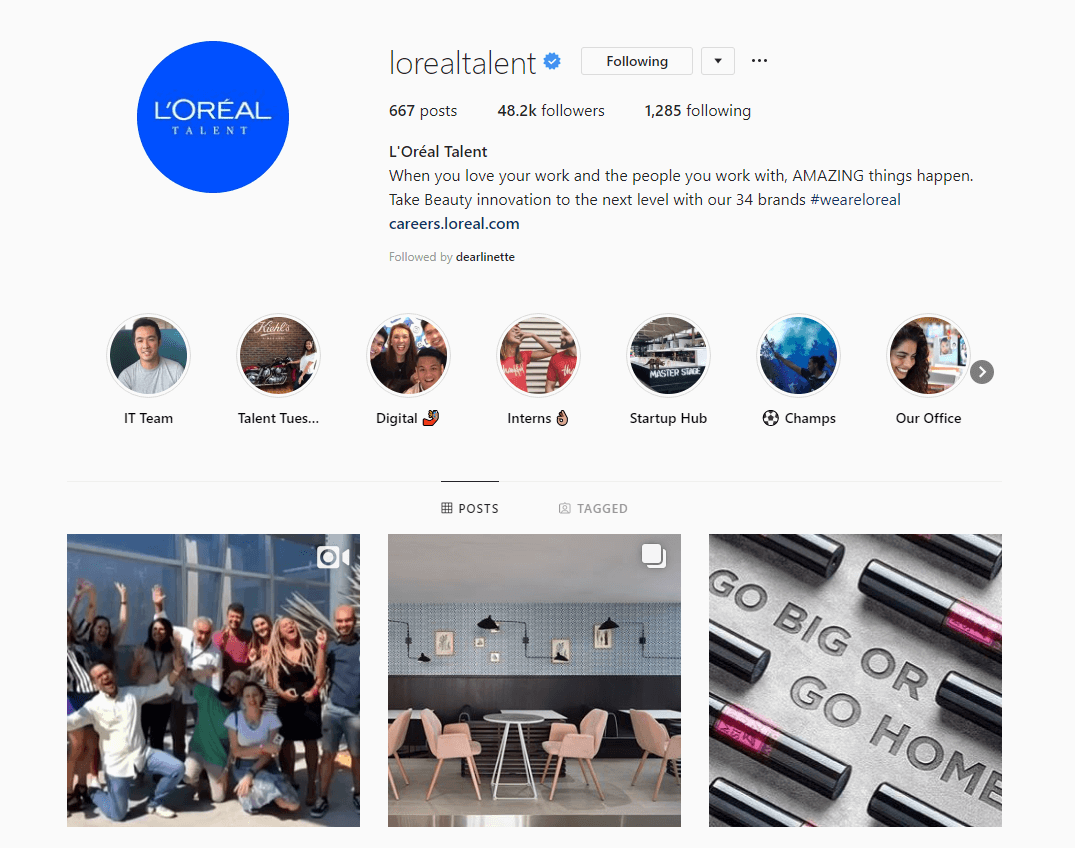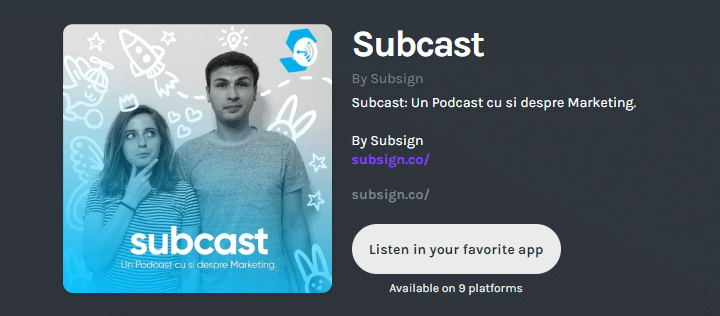My fellow reader, we are living in a new era in the work and corporate space.
The burden of business isn’t innovation, or profits or competition anymore. Today the struggle is the scarcity of resources. This is why Employer Branding has become one of the biggest buzzwords of every HR team. However, many businesses are still wondering why this is important and how to build one that succeeds.
In the era of innovation, the most valued resource companies can have is people. Not any kind of people but the very best people in every field, a company can find.
The war for talent is on and given the number of opportunities in today’s global market, companies need to define and constantly improve Employer Branding as a key part of its recruitment strategy.
What is Employer Branding.
In the simplest terms, employer branding refers to the following idea: “When a potential employee researches you in various ways, do you look like a good place to work?”.
There are of course more nuanced explanations of what it is and what goes into it, but this a good baseline to start with. In sum, we (hopefully) understand your brand from a marketing perspective. But what type of employer might you be? That’s employer branding.
So who exactly might look your employer brand up?

Generations at work.
At this moment in time we have 4 generations that make up the workforce:
- Baby Boomers (retirement age within 1-5 years)
- Generation X (almost 50% of all working people in Romania)
- Generation Y (Most of them take sabbaticals or change their career altogether)
- Generation Z (Just starting to enter)
All of these generations are very different, especially in what they find motivating in a job and what engages them.
While Baby Boomers are deciding when and where they will retire, most governments are actively discussing (even at EU level) about how to raise the retirement age.
Generation X finds itself stuck in finding a clear work-balance life, this is their main struggle. Rete40% of women in Europe are already working part time, primarily by choice. Also, men are starting to enter into this trend: 3.5% Poland, 12% UK and Germany and 24% in the Netherlands.
Generation Y is suffering from a lack of a clear path in career choices, Most of Gen Y has 4 different jobs just in the first decade. 49% take sabbaticals and 7% change their career altogether before entering their 40s.
Generation Z is just entering the working class and is creating a bit of a disturbance. Romania is ranked 2nd when it comes to immigration, and this trend is not stopping with at least 30.000 people leaving the country yearly. Most of them are from generation Z and of working age.
As things stand now by 2030 the average workers’ age will be 54, by 2050 it will be 62 years old.

The emerging discussion trend.
In 2017 more than 55% of companies in Romania stated that they have problems in finding personnel, not just specialists or highly trained people.
So having all this, of course, the Employer Branding has become a trend and a very hot topic in most bored rooms. If you don’t believe me here is a fun fact: in 2006 Google showed just over 250 results when searching for Employer Branding, now there are over 73 million results.
So what exactly are companies doing in order to stay ahead?
Most companies have created a whole new layer of tactics that are a mix of HR, PR, Marketing and Advertising.

So with the information that there are a lot of job vacancies, also the standards have gone down, thus the motivation for always improving and developing yourself has kind of gone away for most. But what will we do and organizations do in 20 years if we make this a trend? If you look up I already warned you that from the looks of things we will be working into our late 60s, so we have a long road ahead.
A different, yet familiar Gen Y journey.
To take a step back here is my personal story. I am a soon to be 29-year old, #GenY, a former civil engineering student.
With a degree in engineering, my first job (I won’t get into side projects, volunteering and such) was that of an HR consultant working in a firm that helped some of the biggest companies in the N-E region of Romania. So me, basically an engineer was developing the recruitment, rewards and recognition and retention systems for factories and manufacturers.
After discovering that the endless pile of HR papers wasn’t my calling, I quit. This is when I started my first business, an Advertising agency.
After struggling for 8 months (time in which we launched a regional campaign and multiple products) all of the founders stepped back and went our separate ways. At this moment in time, I became a comic book writing contributor for Marvel.
After almost 2 years, I decided to quit the comic book corporate world and give it another go at entrepreneurship, this time with a more experienced look and approach to it.
This is the short story of my journey to becoming a partner at Subsign, one of the most internationally awarded marketing agencies in Romania.

Now if an HR person would look over my resume, they would be very confused and disappointed; 2 failed start-ups and 3 career paths, in a close field, but still different altogether.
Most recruiters will not realize the skill and experiences lived and gained along the way, managing teams of 100 plus people, running big budget campaigns and gaining awards and recognition for national and international marketing strategies. This classic approach to recruitment and evaluation is a major anchor that is keeping most companies stuck.
For the past year alongside Subsign, we have been investing in Employer branding education and know how for a few simple reasons:
- It is a new field that gives us the freedom to explore and innovate
- There is a big need for it and the number of people who can really take on this big task and assume responsibility doesn’t stack up
- After developing ourselves technical components for marketing strategies (Mobile apps, Web app, Platforms, and Website) we are in a select group that understands how a developer and a developer based organization works, thinks and speaks.
- But most importantly, it drives us.
So all in all, our and especially my drive to employer branding strategies and campaigns comes from my journey and gathered experiences along the way. As Steve Jobs put it best, I have connected the dots.
Although different, my story is structurally very similar to the majority of Generation Y in terms of the path taken. This is why as Generation Y, who will soon be the majority category in the workspace (already happened in most of the IT sector), will take over it is essential to understand their background and not look at it in a traditional lense.

The shift in behavior and expectations.
With data that shows that 75% of job seekers consider an employers brand before applying and the number one obstacle to candidates is in the application process is not knowing what it’s like to work for that organization. With the speed that technology is entering our lives and our work, it is crucial for companies to adapt quickly and the AGILE approach shouldn’t be any more just a catchy word in the About us page.
Another key aspect to keep in mind is mapping your real core organizational culture. No, I am not talking about that PDF or PPT that gets shared internally. I am talking about the actual organizational culture that is currently formed in an organic way, and this can differ greatly from one office to the other as well as from one team to the other. That is fine. But to get to the desired point, we will need to know where we stand and what is our foundation.
Takeaways.
After working in the past two years at a higher level of involvement or smaller when it came to Employer Branding with big corporations, here are a few of the things we recommend:
Think more like Marketing, less like HR.
It’s key to make a shift from an HR team based on delivering admin tasks to become a key player in how the company is perceived. To define a successful Employer Branding, HR teams need to start thinking more as marketers and storytellers that will solve the puzzle of defining what the company stands for and tell the story in an engaging way.
Your Employer Branding should always be based on the company’s core values and vision but also understanding who your audience is. To take the time to carefully define a candidate persona and identify what are the traits that make your target audience click is key to success in building a spot on Employer Brand.
Get your channels right.
Defining the channels where you will promote your Employer Brand should be relatively easy after defining your target audience. Here are just a few ways you can promote your Employer Brand:
- Company website
- Social Media
- Job advertisement platforms
- Events, Meetups, and Hackathons
- Existing employees
- Email marketing
- Reddit and industry-specific forums
Studies say 70% of millennials will use social media to look for a job but this should be a given in 2018. Companies such as L’Oreal with their Instagram talent profile or Microsoft with its massively followed Microsoft life been nailing this for quite a while now. Both channels give you not just crispy office porn images but also give you what is like a day in the life of an employee and the values the company stands for.


Industry events, Hackathons, and Meetups are also great ways to connect with your target audience but always bear in mind your event should always have a purpose and provide value. Otherwise, it should clearly be labeled as a recruitment event.
Video is always better.
In the last few years, there’s been a dramatic shift in how video is taking over content marketing. People are more likely to consume your video content because it performs well on all devices and it’s always been easier than take the time to sit and read. It’s also the best platform to strengthen your message and tell a story.
We also suggest investigating and looking at the emerging audio space (podcasts) as well, from our experience with the Subcast Podcast we have seen some great results.

Look after your company reputation as an employer.
Latest studies say people will research companies for more than one hour before committing to a recruitment process. This includes not just the company website but also social media, LinkedIn employee profiles, Glassdoor and articles about the company. And you know what else studies say? Most people will not apply to a company with a bad reputation online not even if they are unemployed.
Transparency is becoming a key part in today’s marketplace and tools like Glassdoor can help people understand companies better even before they put a foot in your doorstep. It’s key to respond to feedback on Glassdoor even when isn’t as good as you’d expect. Feedback is your friend, especially when it isn’t positive.

Measure the results and iterate.
As with every action, you should always find a way to measure your efforts. Get feedback, see what’s working and keep iterating until you’re happy with the results.
A simple way to measure your ROI could be to see if the percentage of offers out vs people applying has increased. If the difference is positive, this means you are getting better quality applicants. If your company has a global presence try applying this to only one region and measure against the other offices in a simple A/B testing mode.
Hope the data, personal experience, and guidelines list helped bring some perspective into the whole information flood going around Employer Branding. For any questions, support or collaboration feel free to contact me at bogdan@subsign.co, I would love to talk and swap HR “war stories” with you.


